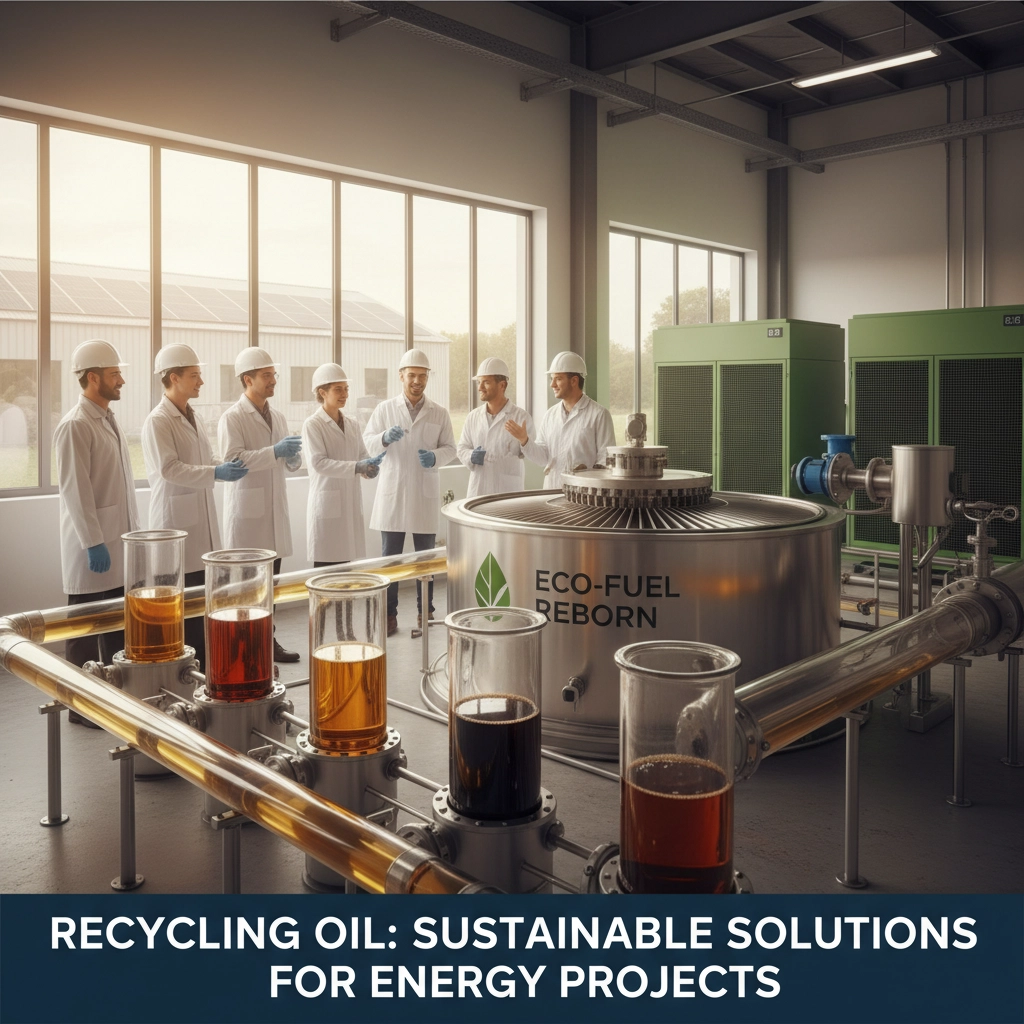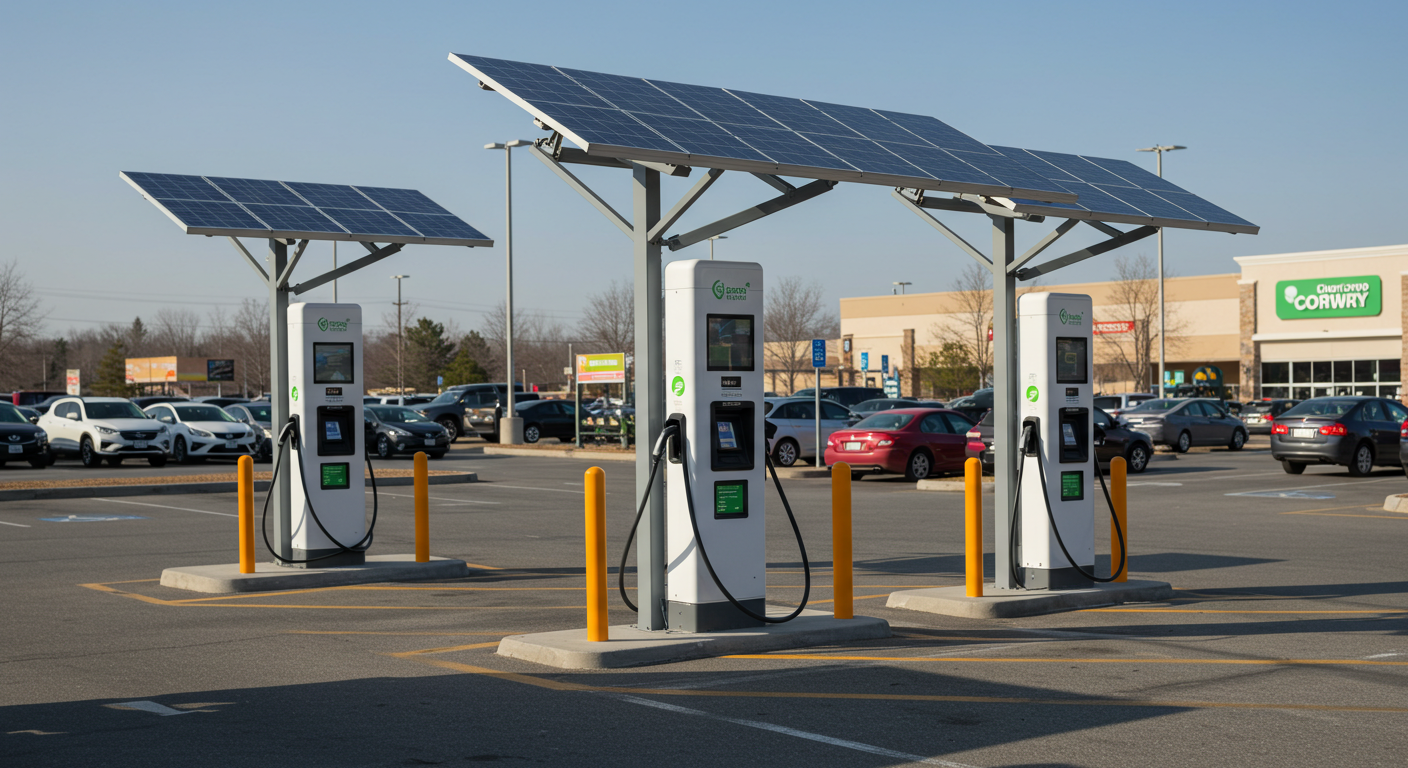Managing waste oil effectively isn't just about compliance: it's about transforming your energy operations into a sustainable, cost-efficient powerhouse. As a government energy manager, you have the opportunity to turn what many see as waste into valuable resources that support your mission while protecting the environment.
Understanding Oil Recycling Fundamentals
Your energy projects generate substantial amounts of used oil from transformers, generators, vehicles, and maintenance equipment. Instead of treating this as waste, you can implement recycling programs that recover valuable materials and reduce operational costs.
Oil recycling involves collecting, processing, and converting used oils into reusable products through advanced separation technologies. The most effective operations use three-phase centrifuge processes combined with thermal desorption systems. These dual-stage approaches can process hundreds of thousands of barrels annually while recovering significant oil volumes that return directly to productive use.
Start by identifying all sources of waste oil in your operations. Document the types and volumes you generate monthly: this baseline assessment will guide your recycling strategy and help you calculate potential savings.
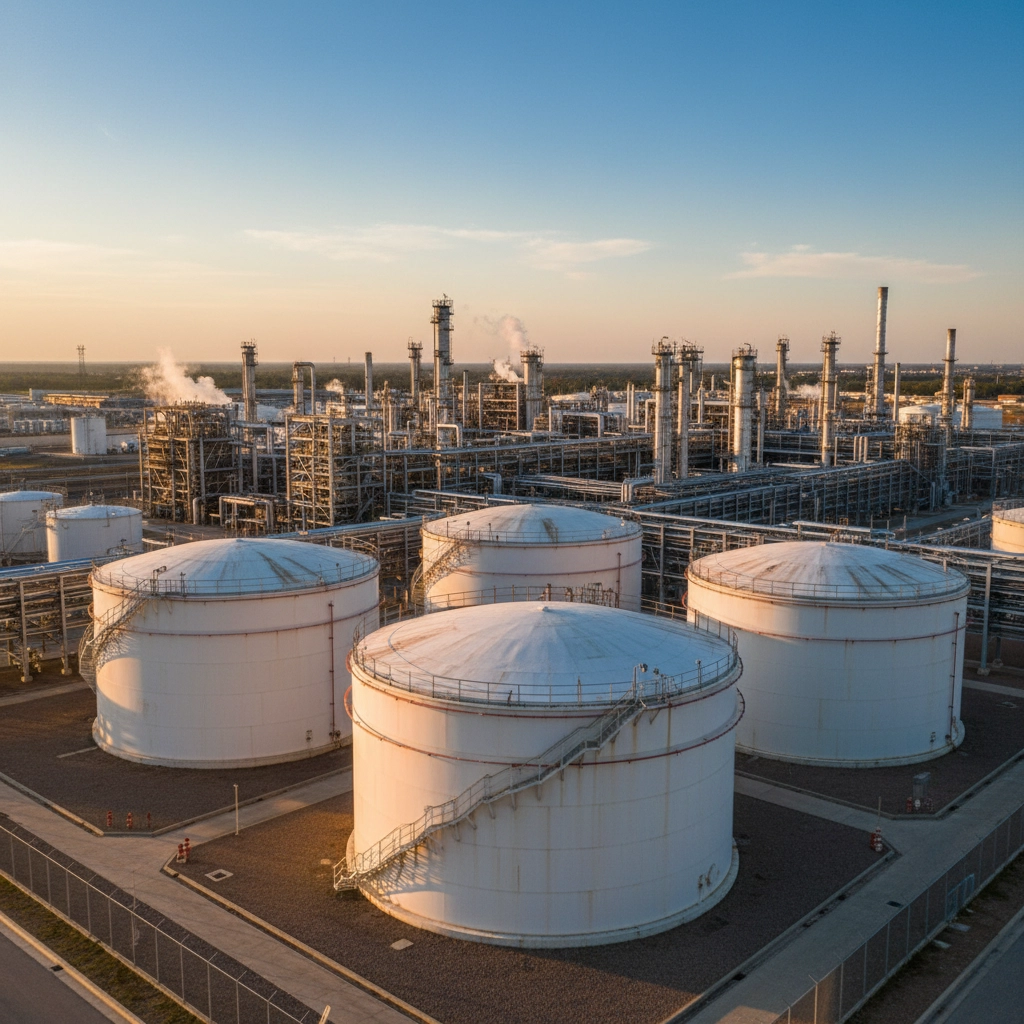
Implementing Advanced Processing Technologies
Your recycling program should leverage proven separation technologies to maximize recovery rates. The process begins when you transfer oily waste material from storage tanks via pipeline or vacuum trucks to processing units.
Heat the material and apply chemical conditioning to enhance phase separation before introducing it into centrifuges. These machines effectively separate oil, water, and solids, allowing recovered oil to return to your refining processes while enabling water reuse as quench water or processing through wastewater treatment systems.
Thermal desorption serves as your second stage, extracting additional oil from remaining solids while reducing water content. This process ensures final solids meet EPA land disposal restriction standards, often allowing them to be delisted as non-hazardous waste for disposal in local landfills rather than expensive hazardous waste facilities.
Developing Biodiesel Production Capabilities
Transform your used cooking oil and other organic waste oils into biodiesel through transesterification processes. This approach provides renewable alternatives to traditional diesel fuel for your fleet vehicles and equipment.
Mix purified used cooking oil with methanol and sodium hydroxide catalyst to separate glycerin from fatty acids, producing high-quality biodiesel. This fuel offers lower carbon footprints compared to conventional options while reducing greenhouse gas emissions from your operations.
The process also generates valuable byproducts like glycerin, which you can sell to soap manufacturers or other industries, creating additional revenue streams from your recycling program.
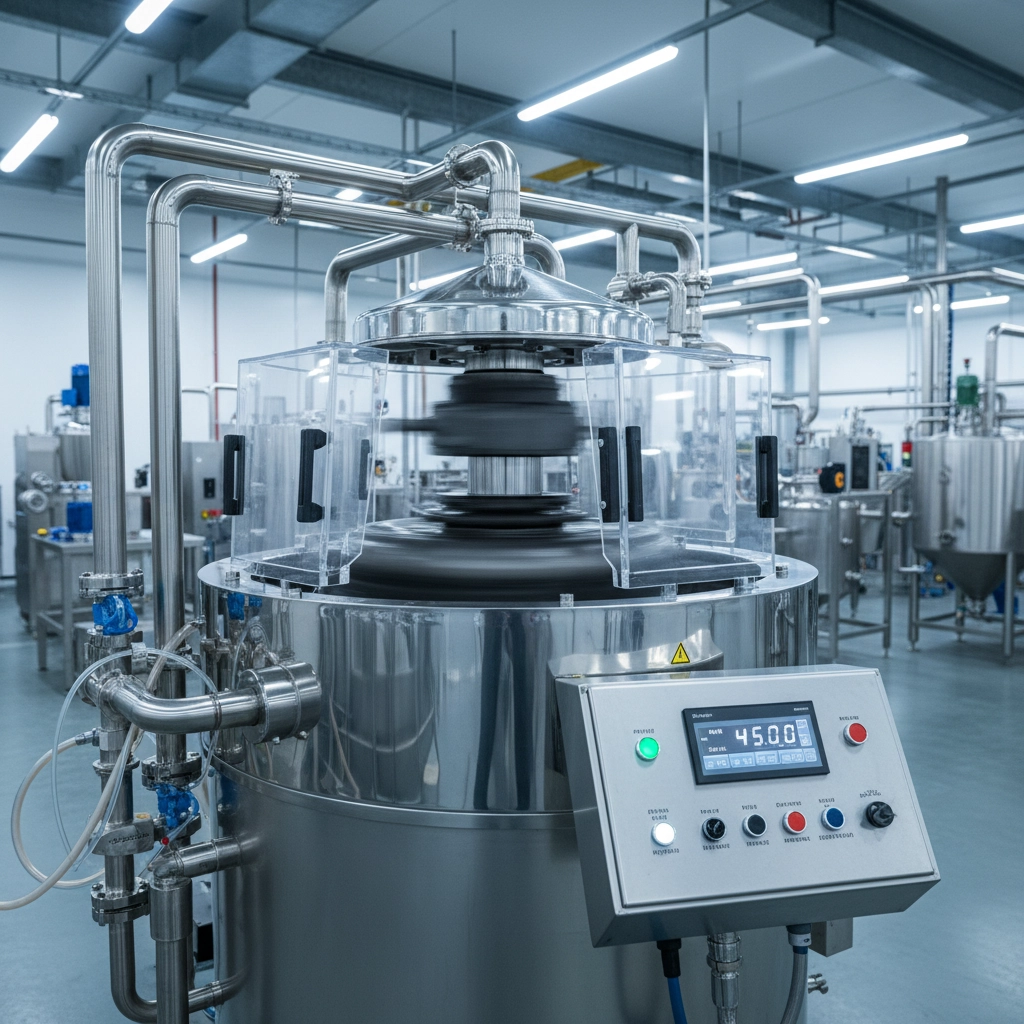
Building Strategic Partnerships
Select certified recycling facilities that comply with all local environmental regulations and maintain proper licensing. Verify their recycling processes to ensure maximum resource recovery and minimal environmental impact.
Establish partnerships with facilities that use EPA-approved re-refining processes. These partners should collect oil using certified vacuum trucks and oil-safe tanks, then convert collected materials into base oil for lubricants or fuel-grade products.
Create regular pickup schedules that align with your waste oil generation patterns. Proper logistics planning includes establishing secure storage protocols and handling procedures that maintain oil quality while ensuring worker safety.
Calculating Economic Benefits
Your oil recycling program delivers multiple cost advantages beyond simple waste disposal savings. Calculate potential fuel cost reductions by incorporating recycled oil into your operations, improving profit margins while enhancing operational efficiency.
Factor in compliance cost savings from reduced hazardous waste disposal requirements. Many recycled oil products qualify for less stringent regulatory oversight, reducing paperwork and administrative burdens on your staff.
Consider revenue opportunities from selling recovered oil products or byproducts. Some large-scale operations find that establishing dedicated waste oil recycling plants becomes economically viable when processing significant volumes across multiple facilities.
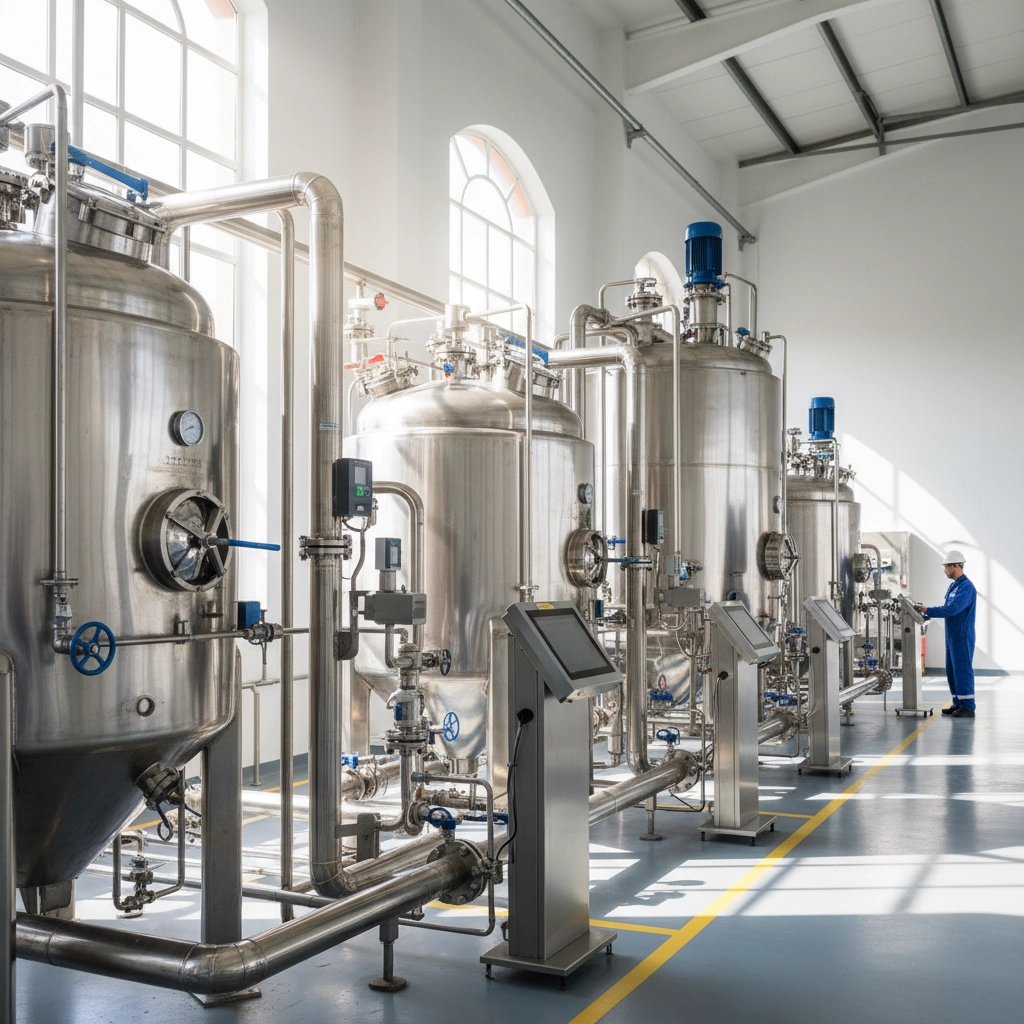
Ensuring Environmental Compliance
Your recycling program supports Environmental, Social, and Governance (ESG) initiatives while demonstrating responsible resource management. This circular economy approach minimizes waste by reusing materials wherever possible, reducing dependency on virgin resources.
Maintain detailed records of all recycling activities, including collection volumes, processing methods, and final product destinations. These records support sustainability reporting requirements and demonstrate environmental stewardship to stakeholders.
Implement quality control measures throughout your recycling process to ensure recovered products meet specifications for intended uses. Regular testing and monitoring help maintain product quality while ensuring compliance with relevant regulations.
Maximizing Operational Integration
Integrate oil recycling into your existing maintenance and operations procedures. Train staff on proper collection, storage, and handling techniques to maintain oil quality and prevent contamination that could reduce recovery rates.
Establish clear protocols for different oil types, as various oils require specific processing approaches for optimal results. Separate transformer oils from hydraulic fluids and cooking oils to ensure appropriate recycling methods.
Create monitoring systems that track recycling performance metrics, including recovery rates, cost savings, and environmental benefits. Use this data to optimize your program and identify opportunities for expansion or improvement.
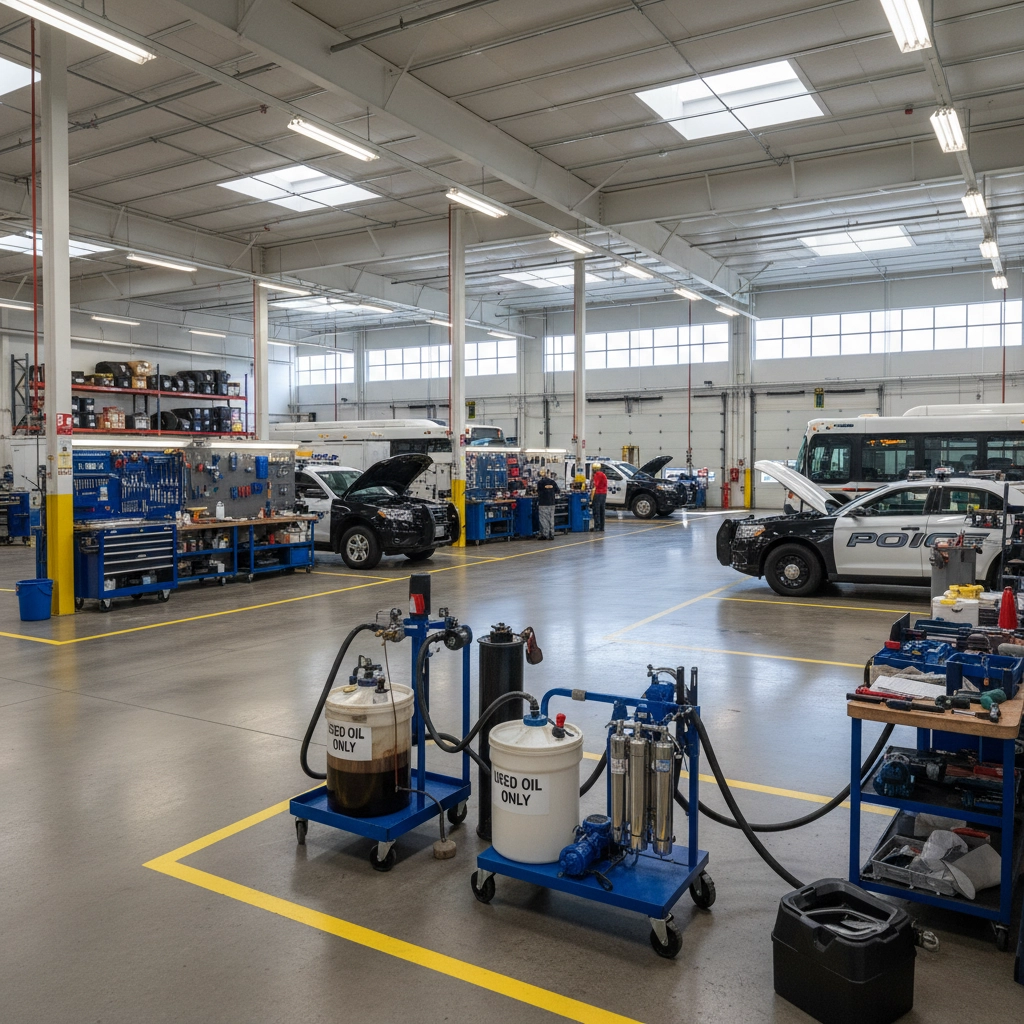
Scaling Your Program
Start with pilot projects at facilities generating the highest waste oil volumes. Document successes and lessons learned to support program expansion across your organization.
Consider centralized collection systems that serve multiple smaller facilities, improving efficiency while reducing per-unit processing costs. Coordinate transportation and logistics to minimize environmental impact from collection activities.
Evaluate opportunities for inter-agency collaboration on recycling programs. Sharing resources and facilities with other government entities can improve economics while demonstrating collaborative environmental stewardship.
Your oil recycling program represents both environmental responsibility and operational efficiency. By transforming waste streams into valuable resources, you reduce costs while supporting sustainability goals that benefit both your organization and the communities you serve.
Ready to implement sustainable oil recycling solutions? Start with a comprehensive waste oil assessment at your largest facility, then build your program systematically across all operations. Your efforts will create lasting value while demonstrating leadership in responsible energy management.
